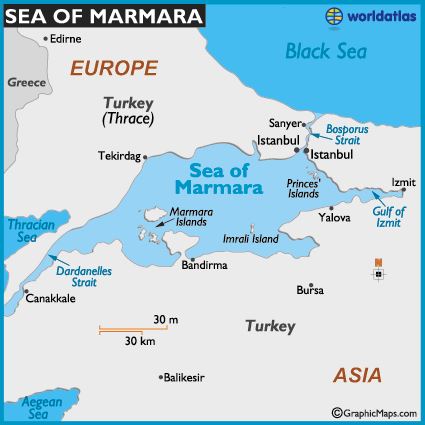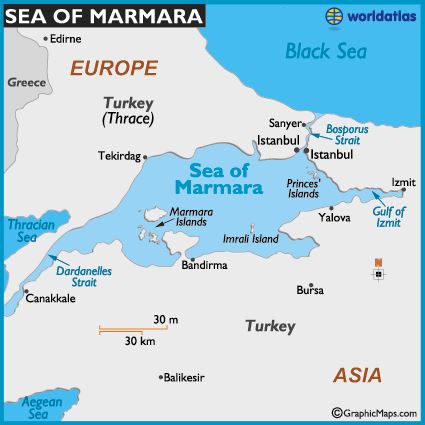CURRENT AFFAIRS
Get the most updated and recent current affair content on Padhaikaro.com
Sea Snot outbreak
- Vaid's ICS, Lucknow
- 21, Sep 2021

Why in News?
The largest Sea Snot outbreak is being witnessed in Turkey’s Marmara Sea, which connects the Black Sea to the Aegean Sea.
This outbreak of mucilage is believed to be one of the largest on record, till date, and has created havoc along the country’s coastline for months. It has suffocated the marine life, cloaked the harbours and clogged fishermen’s nets.
How is Sea Snot formed?
- When algae are overloaded with nutrients as a result of water pollution and climate change, it begins to create a thick slimy layer on the surface of the water.
- This layer is colloquially known as sea snot.
- These algae feast and grow in warm and nutrient-rich water.
The major causes of Sea Snot include:
- One of the biggest causes of this layer of snot is global warming and the increasing temperature of the water bodies
- The climatic conditions and the severe variations in climate change is another cause of this.
- The increased water pollution is another key factor resulting in the formation of sea snot

What are the impacts/ Concerns?
- It has spread through the sea south of Istanbul and also blanketed harbours and shorelines.
- It is posing a severe threat to the marine ecosystem of the country- ithas caused mass deaths among the fish population, and also killed other aquatic organisms such as corals and sponges.
- If unchecked, this can collapse to the bottom and cover the sea floor, causing major damage to the marine ecosystem.
- Over a period of time, it could end up poisoning all aquatic life, including fishes, crabs, oysters, mussels and sea stars.
- Besides aquatic life, the ‘sea snot’ outbreak has also affected the livelihoods of fishermen.
- It can also cause an outbreak of water-borne diseasessuch as cholera in cities like Istanbul.
Facts for Prelims
Stablecoin
A ‘stablecoin’ is a type of ‘cryptocurrency‘, usually pegged to the current government-backed currency.
- Most of the dozens of ‘stablecoins’ currently in circulation use the dollar as their benchmark asset, but many ‘stablecoins’ are also linked to other credit currencies issued by governments such as the ‘euro’ and ‘yen’ Huh.
- As a result, unlike high-profile cryptocurrencies such as bitcoin and ethereum, the price of stablecoins fluctuates very little.
- Stablecoins are very useful as they form a bridge between the currency of the Old World and the cryptocurrencies of the New World.
- The first ‘stablecoin’ was ‘Tether’, which was created in the year 2014. After this many other ‘stablecoins’ have been created.